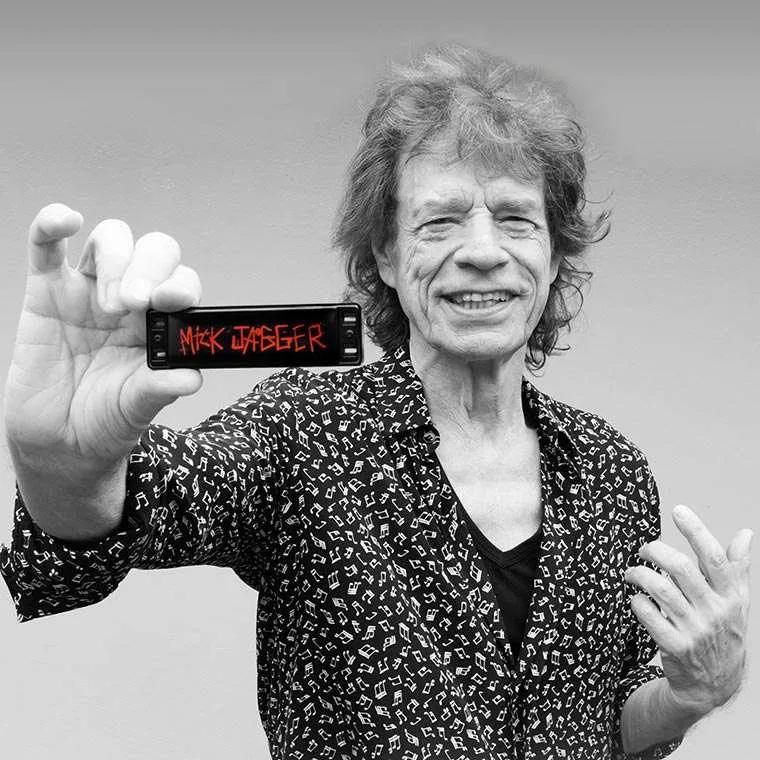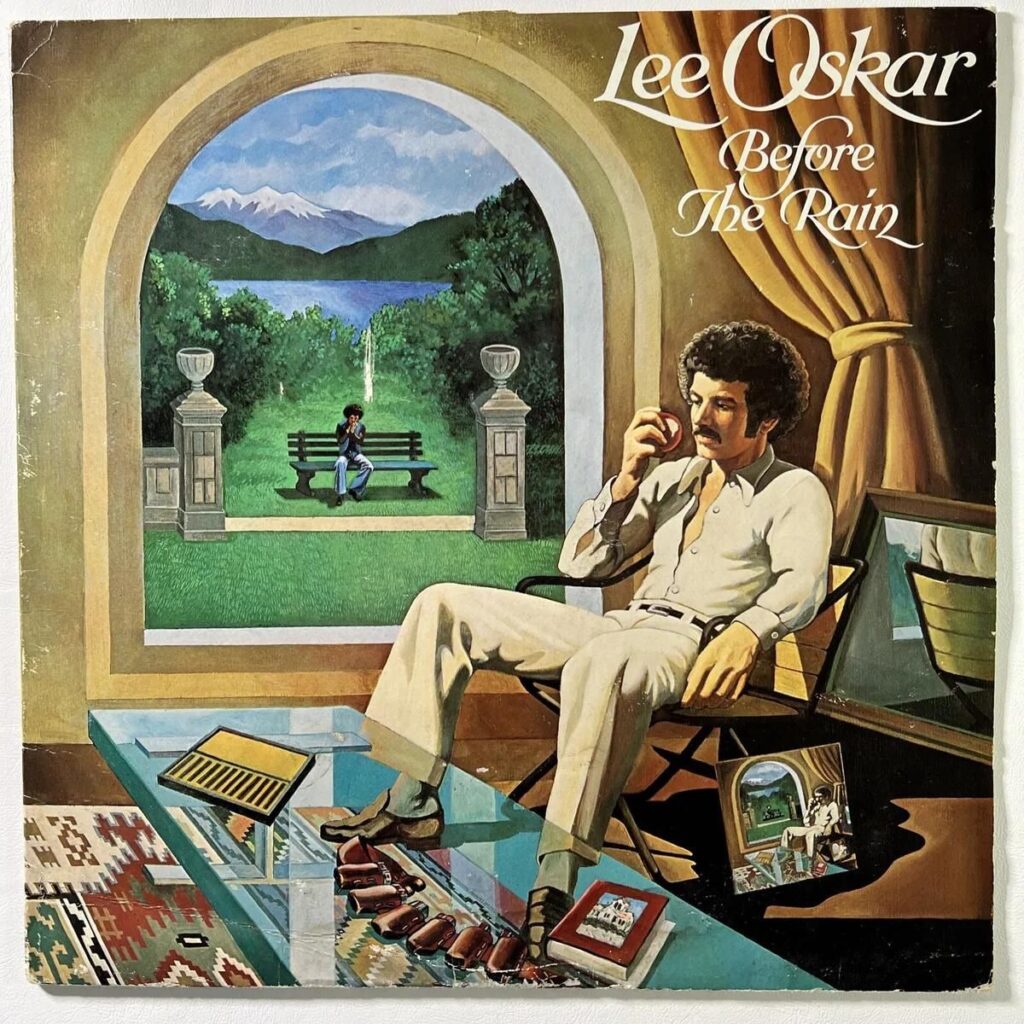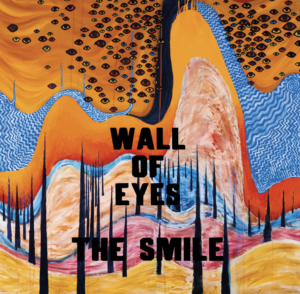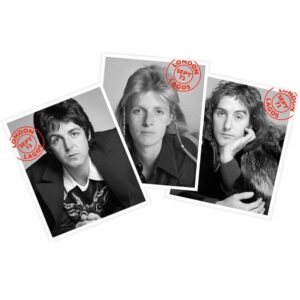
Also See:
Lee Oskar brand harmonicas limited edition Mick Jagger harmonica.
Lee Oskar’s Before the Rain (Far Out Productions) was Oskar’s second studio album following his departure from War. A funk-jazz fusion album with a strong 1-2 disco beat throughout, the album was well-received when released in 1978. Although modern listeners may regard some of Lee Oskar’s solo work as a bit “muzaky”, his straight-forward and stripped-down sound design that put the harmonica in a role typically reserved for sax sounded fresh.
A New Eclecticism for 1978
In the second track Steppin’ (which seems to open “after the rain”), we hear a solo bagpipe. Typically solo bagpipe players follow their own rhythm, but we hear a slap bass enter the conversation creating an unexpected syncopation with the bagpipe. The drums come in to confirm the bassline’s newly established downbeats.
Moments where false or “ghost rhythms” are modulated by instruments as they enter the mix wasn’t new, but this specific mix of cultural elements was and still is eyebrow raising.
A-Political Escapism
The final track on the album “Haunted House” sees us out with another proto-disco funk tune with light-hearted guitar arpeggios throughout, a single-chord structure (with a 2-chord bridge) and extremely uncomplicated downbeat-driven percussion. The lyrics repeat the 11-word phrase over and over: “You remind me of a Haunted House I once was in.”
With nowhere to hide or mystify his method, Lee Oskar and his group are still somehow able to embed a nuanced funk sensibility without incorporating overt funky mechanics while maintaining an easy-to-digest simplicity.
The happy-go-lucky spirit of this track and the album as a whole underscores a somewhat optimistic period in American History. Democrats were in control of the White House, Congress, and the Senate. Wealth inequality was recently at its historic all-time low (1972) and most states in the US had finally removed many vestiges of the Jim Crow era.
Folk Harmonica vs. a New 70s Virtuosity
Harmonica as a leading instrument of course was not novel in 1978. For decades harmonica players like Junior Wells from Memphis and James Cotton from Mississippi used harmonica as the centerpiece of their recordings. Lead harmonica was later popularized to a wider (and whiter) audience by acts like Bob Dylan and Mick Jagger. The old folk style known as “cross-harp” was employed in blues and folk music where there was less venturing into complex jazz modes. Dylan in the early-to-mid 60s famously used the harmonica to diminish any possible sign or feeling of virtuosity in favor of the hobo-in-a-one-man-band folk aesthetic.
Post-bop sensibilities of the 70s brought with it the taste for a newer harmonica virtuosity. By the time Before the Rain was released, this virtuosity had matured to what you hear in the tracks above. Continuing into the early 80s, the harmonica was regularly heard on the radio in pop songs, as a lead instrument in TV Show theme songs and commercials.
About Lee Oskar
Lee Oskar is a Swedish-American musician known for his skill as a harmonica player. He was born on March 24, 1948, in Copenhagen, Denmark. Oskar is perhaps best recognized as a founding member and harmonica player for the iconic funk and rock band War.
Lee Oskar’s harmonica playing was an integral part of War’s distinctive sound, and he contributed to many of the band’s hit songs, including “Low Rider,” “Cisco Kid,” and “Why Can’t We Be Friends?” His harmonica style blended elements of blues, funk, and rock, making him a unique and influential figure in the music world.
After leaving War, Lee Oskar pursued a solo career and released several albums showcasing his harmonica skills and musical versatility. He also developed his line of harmonicas, known as the “Lee Oskar Harmonicas,” which are popular among harmonica players for their quality and tone.
Lee Oskar’s contributions to music, particularly in the realm of harmonica playing, have left a lasting impact, and he remains a respected figure in the music industry.




